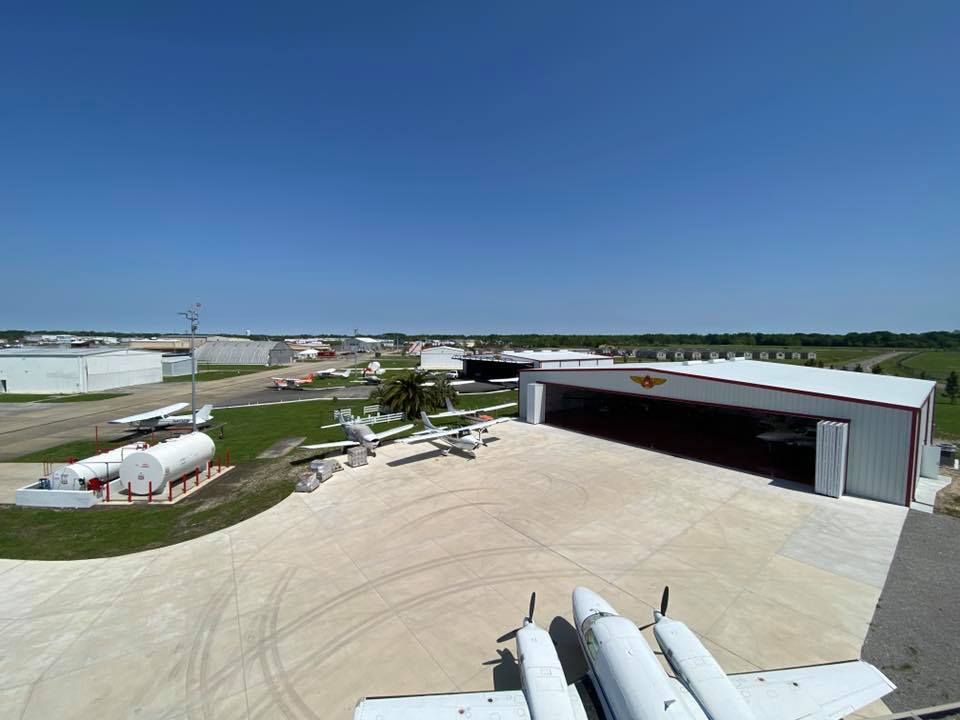Unlocking the Potential: How a Custom Hangar Door Designer Can Enhance Your Aircraft Storage
Airplanes are built for the skies but must be stored in a hangar before flying. Protecting them requires the right hangar doors to handle large amounts of force.
Sliding hangar doors move across the entire opening and are counterweighted for stability. They are also simple to use and less expensive than other options.

Streamlined Access
Having the right hangar door can make it much easier to access your aircraft. It can help decrease the amount of time spent on maintenance and cleaning.
Sliding doors are a simple solution that works well in most environments. They have the advantage of being less expensive to build and install than other options.
Bifold doors are a great choice when space is limited. They can be folded open in the center, allowing a large part of the fuselage to fit into the hangar with a single opening.
Air plenum doors (filter doors) are designed for various applications. These doors are typically used as the entry point to an air-conditioned space such as a maintenance shop or wash bay.
Blast-hardened hangar doors look similar to a traditional sliding door but are engineered to withstand the pressures of nearby artillery fire. These doors are a great option for facilities that house military equipment such as tanks or helicopters.
Increased Security
The type of hangar door you choose will impact your facility’s security. Some doors offer extra safety and security features that may not be available with sliding doors. Ask your custom hangar door designer about these options and the framed opening requirements.
Blast-hardened hangar doors look similar to a traditional sliding hangar door but have a heavy-duty design built to resist blast pressures. They can withstand forces twice as high as the wind speed equivalent.
Air plenum swing doors allow continuous clean, uniform airflow across an aircraft during paint or corrosion control spraying operations. These doors are used in military, commercial, and private aviation applications.
Windows break up the focus on metal wall panels and can add a bit of flare to your hangar. Daylight is proven to increase productivity among maintenance and repair workers.
Increased Efficiency
Airplanes require a lot of space to reach their cruising altitude, and the hangars that house them are large structures. A custom hangar door can allow aircraft to enter and exit these spaces easily, boosting the facility’s overall efficiency.
Bottom rolling doors, electric bi-fold doors, and other styles are commonly used in airplane hangars, but each style has unique needs. For example, bottom rolling doors can be expensive and require a robust electrical system, while bi-fold doors reduce the amount of hangar space needed.
In addition to enhancing the look of a building, these doors also add value.
Customization
Aircraft hangars vary in design and function, so the door system needs to be customized for the building structure, environment, and type of aircraft being stored. The right cladding and insulation can increase the longevity of your hangar.
Sliding hangar doors are cost-effective and easy to use but require extra support on the building side if they’re wide. They also take up more space than bifold doors.
Horizontal bifold doors stack up on one side of the hangar opening and are easier to operate than sliding doors but more expensive.
Lift-strap doors require a lot of maintenance, are difficult to operate, require special gadgets to open, add extra cost for installation, and require cutouts in the inside sheeting to create a desirable finished product. Premier hydraulic doors are easily installed and require no extra figuring of gadgets, eliminate the need for additional hangar supports, and allow for a clean finish on the inside of the sheeting.
